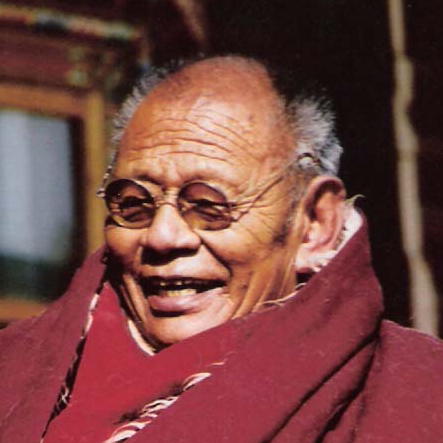
We arrived in Islamabad on the evening of the 15th May and left the next morning to head towards the Swat valley (Swat from the word Suesto which means fair dwelling), a valley rich in cultural heritage dating back for thousands of years. This and other areas in Pakistan had rich, abundant, thriving and flourishing Buddhist communities dating from around 3rd century BC to around the 8th century AD.
Of particular interest to us was the period of King Indrabuthi and the origins of lotus born, Padmasabhava. It is widely believed that Padmasabhava was possibly born in or around the Swat valley.


1) We first stopped at Takht-i-Bahi, famous for its ruins of a large community of Buddhist practitioners, which started around the 1st Century AD and abandoned around the 7th Century. Here, monks are also said to have practiced tantric meditation in small dark rooms.


Takht-i-Bahi (Persian/Urdu: تختِ باہی, lit. ’throne of the water spring’ or ‘throne of origin’), is an Indo-Parthian archaeological site of an ancient Buddhist monastery in Mardan, Khyber-Pakhtunkhwa, Pakistan. The site is considered among the most important relics of Buddhism in all of what was once Gandhara,[1] and has been “exceptionally well-preserved……”
(See https://en.m.wikipedia.org/wiki/Takht-i-Bahi)

